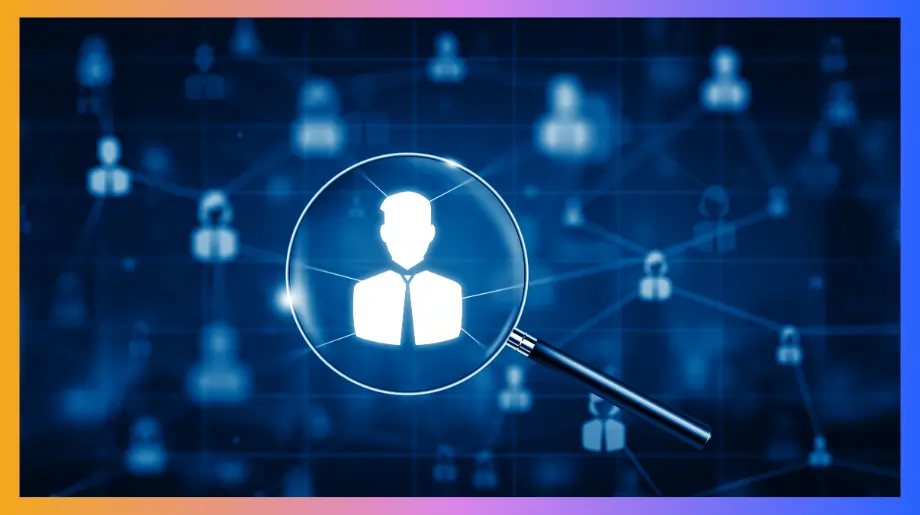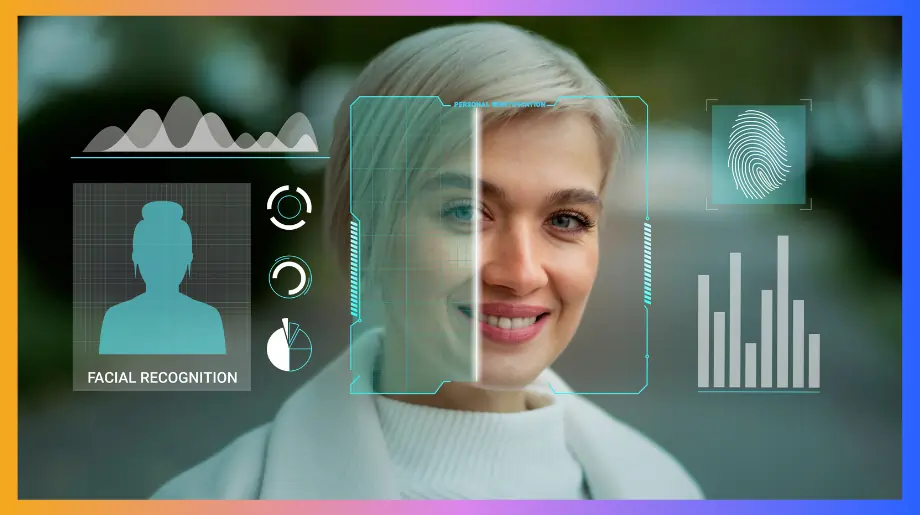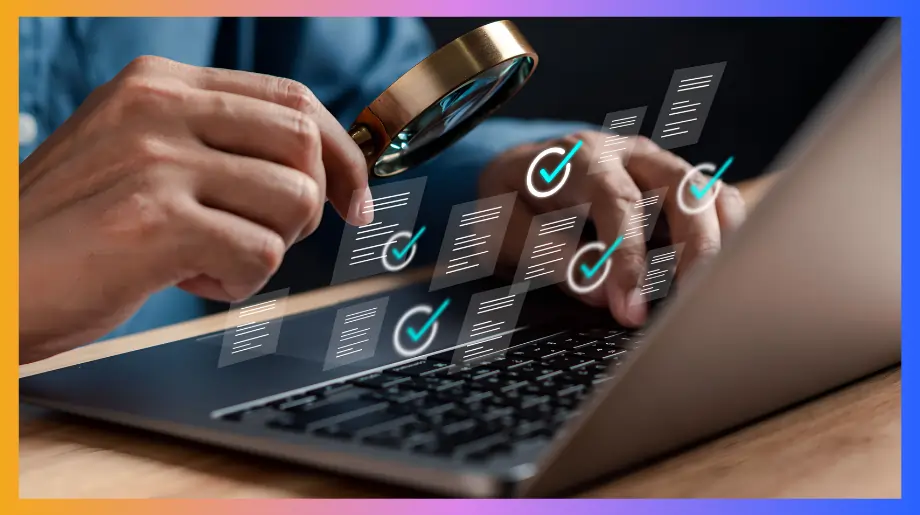Does your business work with partners who all use different login systems?
The problem with this is that the audit trails are scattered everywhere; moreover, most apps only allow the enablement of one Identity provider.
Luckily, this does not have to be the case!
You can have a single point of control over every identity, without forcing anyone to change their existing IDP systems.
To guide you, this article will walk you through how you can unify Multiple IdP directories for a centralized SSO Login without ANY migrations.
The Main Difficulty: A Fractured Identity Landscape
Your business may work with many external dealers, partners, and vendors. Each one often carries on its operations with its own separate directory or any LDAP.
Why does this matter? Well, this scattered arrangement creates serious security gaps. It also leads to major administrative work. More than this, downstream apps most of the time only allow the usage of one IDP.
On top of that, it makes for a confusing experience. Therefore, the important question is not just about giving access. It is about how to supply secure, smooth, and centrally managed access across the whole business network while not changing anything for partners, vendors, and suppliers.
Why is Using Multiple Directories an Issue and How Do You Work Around It?
Let's look into a common situation for one of Infisign’s clients - a large manufacturing company faced. Its internal employees are managed through Azure AD.
A network of dealers has to rely on the Cognito directory, from which they are authenticated by AWS Cognito. At the same time, a key logistics partner can be using a Ping Identity directory.
As a result, this multi-IdP environment brings one major issue: you can only integrate with one IdP directory or one set of users in one directory with many platforms.
- Managing Access for Users to Downstream Apps: If you use logistics, supply, or resource management, managing access for users to multiple downstream apps across multiple companies and partners can be a huge security risk or even impossible when they use multiple different directories.
- Multiple Logins and Poor User Experience: Employees, dealers, and partners have to put up with multiple credentials. They must repeatedly log into different platforms and applications. The lack of a true Single Sign-On (SSO) experience slows down productivity. It also causes user frustration.
- Security and Compliance Blind Spots: For a CISO, the biggest concern is the absence of centralized visibility. It is difficult to carry out consistent security policies, like Multi-Factor Authentication (MFA), for every user. This is because their identities are kept in different systems. Trying to track user activity, check access logs, and maintain compliance turns into a huge task. Inevitably, this situation leaves behind dangerous security blind spots.
- Administrative Overload: IT teams are burdened with manual work. They have to constantly add and remove users across separate systems. Taking on a new dealer or partner means setting up accounts in multiple applications. This process takes a lot of time and can lead to errors.
The inability to apply universal security rules like adaptive MFA leaves the entire system open to attack. An attack could come from just a single weak point.
Infisign UniFed: The Solution for Vendors and Companies with Multiple IdPs or Directories
Infisign UniFed acts as a central identity gateway. Furthermore, it works with your existing IdPs and directories to unify access from multiple directories and tools, whether they are on-premise, in the cloud, web-based, or even legacy applications with one IdP support.
- Infisign does not aim to replace ANY IdPs like Azure AD, Cognito, or Ping Identity. Instead, it just syncs with their directories.
- First, Infisign sets up a centralized directory by syncing with all the connected IdP directories or LDAPs. In doing so, Infisign acts as a unified gateway - or one centralized directory that allows authentication using SAML.
- Then, when a user logs in with their normal credentials, Infisign checks the SAML authentication token. It validates this token. After that, it uses the token to authenticate the user for all the different platforms and apps they have permission to access. This gets rid of the need for them to log in again and again.
- In effect, this method delivers a true Single Sign-On experience. It closes the gaps between separate identity systems. It also allows users with different IdP directories to access ALL your downstream apps using Infisign.
This lessens business disruption and speeds up getting value from the system.
Key Benefits of Centralizing Your SSO Login Using Infisign With Multiple IdPs
Putting a unified identity strategy into place pays off with major advantages. These advantages show up in security, administration, and user experience.
1. Centralized Visibility and Stronger Security
For CSOs, the main benefit is regaining control. By unifying multiple IdPs, you get a single view of all user activities. This makes the following possible:
- Centralized Audit Trails: Every login, access attempt, and permission change from across the system is recorded in one place. This simplifies audits and helps with spotting threats.
- Application of Adaptive MFA: This is a very important advantage. You can carry out strong authentication policies for everyone. For example, you can require MFA for all users, no matter their original IdP.
2. Simplified Administration and Dynamic Provisioning
The operational gains for IT teams are significant. Centralized management allows for:
- Attribute-Based Access Control (ABAC): Infisign UniFed permits access to be given based on user attributes, like their email domain or role. You could, for instance, set up a rule that automatically gives any user with a ‘@dealer-network.com’ email address access to the sales portal and inventory system they need.
- Conditional Access Control: You can set up specific policies that manage access based on real-time conditions. This makes certain that users have access only to the correct resources under the correct circumstances. All in all, it improves your zero-trust security posture.
3. A Better End-User Experience
Technology should make work easier for its users. A centralized SSO system greatly improves the daily workflow for every person in your network.
- Universal Single Sign On: Users log in one time to get access to all their approved applications and data. This gets rid of the frustration of managing many passwords.
- Better Onboarding: Adding new users to different technology stacks becomes a simple, automated process. This allows them to get down to business from their first day.
Why Infisign is the Best IdP for Flexibility
The limits of multiple IdPs and directories in your ecosystem for apps that only allow one is a huge challenge. Therefore, Unifying Multiple IdPs with a Centralized SSO Login or Access Gateway is not just a technical update. It is a strategic business decision.
By using a solution like Infisign UniFed, companies can change their scattered identity systems. Moreover, it also comes with various other benefits like:
- Secure Access to Older Systems with Network Gateway: Infisign extends the principles of zero-trust security to your existing on-premises applications. Their secure network access gateway provides safe, cloud-based access to these resources
- Passwordless Authentication: Infisign supports a wide range of easy-to-use passwordless authentication methods, including one-time codes, magic links, secure device keys, and fingerprint or face recognition, providing strong security without making it difficult for users to log in.
- Extensive API + SDK Integrations: This extensive library allows easy and secure integration across a diverse ecosystem of third-party and homegrown applications that a customer may need to access.
Are you ready to move on from the limits of a multi-IdP environment and build a truly unified enterprise? Book a free trial with Infisign.
FAQs on Unifying Multiple IdPs
What is multi-IdP?
A multi-IdP environment is one where a company must manage users from several different Identity Providers. This often happens when businesses collaborate with various external partners, each bringing their own login system. As a result, managing user access and maintaining consistent security can become very complex.
What does IdP stand for?
IdP stands for Identity Provider. An Identity Provider is a trusted service that creates, maintains, and manages user identity information. It also provides authentication services to other applications and systems within a network.
What are the different IdPs?
Identity Providers can be grouped into categories like social, enterprise, and cloud-based services. Common examples include social IdPs like Google and Facebook, or enterprise solutions like Infisign, Microsoft Azure AD and Okta. Companies select different IdPs to meet their specific security and operational requirements.
What is IdP MFA?
IdP MFA is a security method where the Identity Provider demands more than one form of proof to verify a user's identity. After providing a password, the user must supply a second factor, such as a one-time code from their phone. This added step significantly improves security by making unauthorized access much more difficult.






















